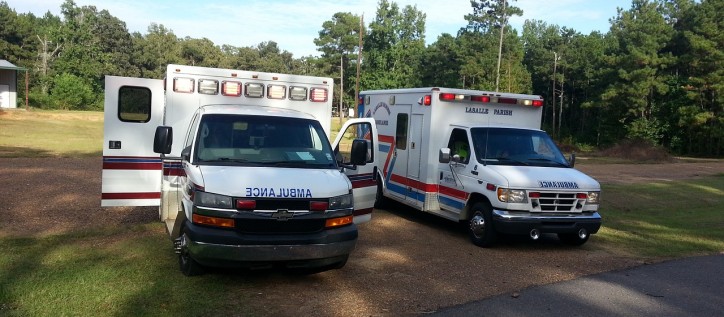
From Asset Tracking to Barcode Generators, How Can EMS Become More Mobile?
It’s been well-publicized that healthcare has been transformed by enterprise mobility. Streamlining processes such as drug and sample labeling, admissions, patient tracking, blood donation, and more has allowed hospitals to operate more efficiently. They can also allocate more time, money, and other resources to providing quality care. Other fields have benefited also. transportation, couriers, manufacturing, retail; the list goes on. One rather obvious industry that could benefit from mobility solutions is emergency response services—but it has yet to find a functional model.
Why it’s a Perfect Fit
Paramedics, and especially critical care paramedics, rely on being able to make split-second decisions. They need to be able to dispatch quickly, and seamlessly transition a patient from their care to that of the designated hospital. Enterprise mobility is about streamlining operations—particularly those where a workforce is in the field, moving from place to place. Take, for example, the barcode generator. Tracking and recording patient information is digitized and can be accessed at any time by scanning a wristband with a barcode on it. By giving ambulances mobile barcode generators, paramedics would be able to equip a patient with that bracelet before they reach the hospital and record information about how the patient has been treated prior to admission, avoiding miscommunications which could prove fatal.
Another benefit to emergency response teams would be in asset management. Paramedics need to carry controlled substances, including narcotics, to do their jobs. These things are typically recorded manually, and errors can quickly become costly and accrue other repercussions. A digital asset management system would bring proven results, like improved accuracy. This can avoid costly errors and make sure that not only is every substance accounted for, but each is organized by lot number and expiration date.
So what’s the Issue?
The first issue is the conditions that paramedics operate under. They may be driving or flying at great speeds and any turbulence they encounter may cause a device malfunction. Take the previous example of a barcode generator for pre-admission wristbands. A slight disturbance while the device is printing could produce malfunctioning barcodes. This results in the loss of precious time, which could have been spent giving additional treatment to the patient. . This can happen with other devices as well. When a mobile device loses its signal in the hands of a transport truck driver, they can typically try again later without much incident, however, when a similar error happens to a paramedic, a matter of seconds could mean life or death for their patient.
Ruggedized devices present a solution to some of these problems. For truly integrated enterprise mobility for paramedics, advances in hardware may still be required before deployment can guarantee positive results. Too bad there’s no room for guess-and-check.
To learn more about mobile devices in Healthcare: click here

